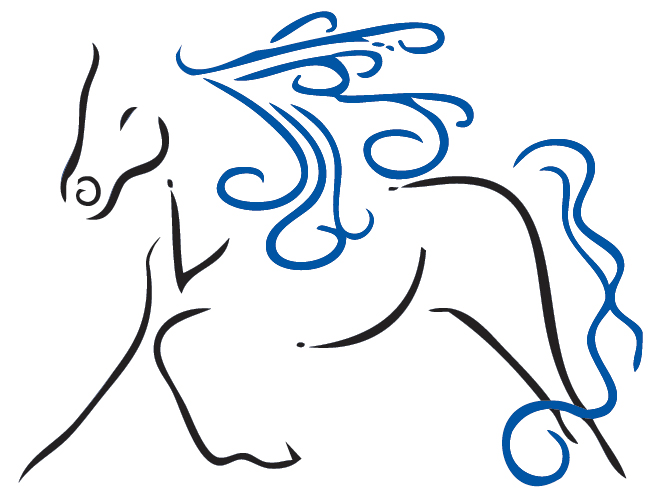Peeling the "onion"
Since I love cooking, I have peeled my share of onions. It's how most dishes start out. Onions really are a vital part of a complex flavor profile. And if you peeled enough of them, you know how different they can all be. Some of them are sharper, some of them sweeter, some of them will make you cry. Some can have thick juicy layers, others will have delicate thin ones.
But all have a very sweet lovely center. And yet, that center is sweet and lovely because the outer, tougher parts protect it from the ever fluctuating changes in its environment.
Our horses are very similar. Sassy, my lovely girl, is very sweet, but I had to get past a lot of layers that had a particular sharpness to them. I had to spend the time, effort and most of all patience to peel slowly. To appreciate each layer for its own kind of richness and experience. Each layer was there to protect her. Her physical body as well as her mental and emotional state.
Every experience in life represents a layer in your horse's body and psyche. You either add to your horse's layers, or you peel them away.
One of the things that my instructor, Jim Masterson, used to say frequently is: working on a horse is like peeling an onion one layer at a time. And I found this to be very true.
We sometimes get so wrapped up in getting to the center - reaching our ultimate goal, we forget the importance of those layers - they are important to the horse. He may be protecting a recently injured area, or they may have accumulated over time, they may be in response to a demanding living or training situation, ill-fitting tack. So many reasons can contribute to a horse creating brace and tension in his body.
As a caregiver and bodyworker, it is vital that I work with the horse, not on him. To not just rip those layers away. And the reason?
It is the HORSE who let's go of tension, restriction, brace - my job is to initiate and support this process. Nothing more, nothing less.
Every horse is different, just like the onions. Some of them are sweeter, some of them sharper. Some of them require you to go slow, some of them show you their sweet center right away. Some of the horses I work with let me in right away, some of them require a few sessions where trust and confidence is built. And some start out easy and suddenly have a tough session because we are addressing some deep-seated layers and patterns that require extra careful attention and patience.
But in each case, I have to work WITH the horse, direct, shape and guide - never force. Because my work is peeling the onion, not adding more layers.
So when I find myself in the situation where the horse says "NO", finding it difficult to let go, or to let me in, I always get quiet, still. It is in the stillness that we find the answer - the way forward, the answer to our question.
As Reverend Ed Bacon said so eloquently (although I am somewhat paraphrasing):
"Find the stillness within. Like a bowl full of silty water - allow yourself to stillness for the silt to settle and to experience clarity."
The next time you feel frustrated, stuck, unsure - be still. Eliminate the chaos in your head. Your horse will thank you.
